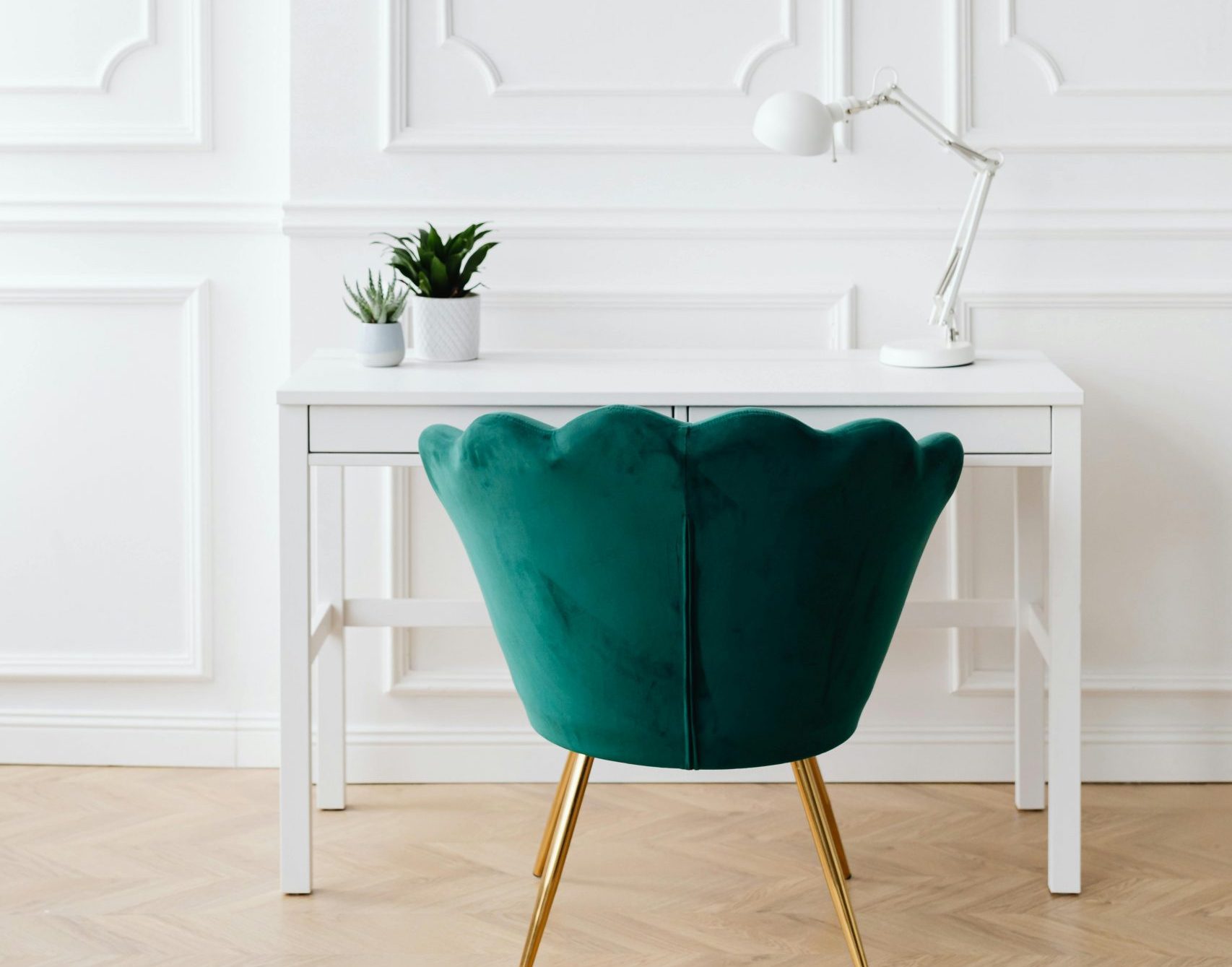Your home should be a place to relax, spend time with loved ones, and unwind from the stresses of everyday life. Your home should be your relaxing sanctuary. Unfortunately, now more than ever before, the work/life balance lines have become grayed as many of us are still working in some sense from home. It is likely that work stressors bleed over into your personal time now more than they ever have in the past. If this is the case, your home might start to feel less like a sanctuary and more like the focal point for life’s anxieties. How do you overcome it? Can you find sanctuary in your home again?
Of course! We are here to help you create that space. If not in your current home, we can help you discover it in one that meets your new work/life needs if you have outgrown the old. Take a peek at what is available here.
If you are looking to reduce stress when you are home by turning your current space back into a place of rest, follow along for a few DIY projects that could just do the trick.
Feng Shui
The ancient practice of Feng Shui has been guiding people toward creating balanced, harmonious spaces for thousands of years. Whether or not you embrace the idea that positioning your bed with the headboard against the north wall can enhance your sleep, many Feng Shui principles are hard to argue with. One such timeless concept is bringing elements of nature into your home to foster a sense of calm and tranquility. You can achieve this by incorporating living plants, which not only purify the air but also infuse the space with vitality, or by adorning your walls with artwork that displays serene natural landscapes. Both approaches help create an atmosphere of peace and well-being, turning your home into a sanctuary.
If you implement this into your space, share what you have done with us by tagging us @windermere-whidbey-island on Instagram.
Declutter
Today, it is difficult to avoid the consumerism bandwagon. Many homeowners are finding themselves in a “maximalist” lifestyle regardless of whether they intentionally choose to. Unfortunately, clutter has a habit of stressing people out. To reduce stress, we suggest tidying your space. Go through your things regularly and get rid of items that aren’t sparking joy anymore. If you don’t wish to get rid of items, consider investing in attractive storage solutions that allow you to hold onto your items while attractively making use of your space. Consider placing a flip-top bench at the end of a hallway or at the foot of your bed to hide infrequently used items.
Rounded shapes
Clean lines and order can bring comfort to many. However, too many right angles can be overly stimulating. Circles and ovals, on the other hand, can create a soothing organic feel. Try adding round touches with circular ottomans, oval frames for mirrors and art, and spherical elements such as a globe or orbs on a bookshelf.
Color
The hues and shades you use in your home can have the biggest impact on your mood. Bright colors can be energizing, and reds are great for stimulating appetites in kitchen and dining rooms. But if you are looking to bring a sense of calm to a room, muted shades of blue and green or earth tones are best. Mental Health America says, “Bright, warm colors (reds, oranges, yellows) stimulate energy and happiness while cool, subdued colors (blues, greens, purples) are soothing and calming. Bright, warm colors are best in rooms for entertaining like dining rooms or kitchens, while cool colors work best in relaxing spaces like bedrooms or even bathrooms.” If you are reluctant to paint a whole room, try an accent wall or incorporating throw blankets, pillows, and artwork.
Lighting
The way we light our homes—and when we choose to turn off the lights—can significantly affect our mental well-being. Natural sunlight streaming through unobstructed windows is ideal for boosting your mood and increasing productivity during the day. However, if your home has limited windows or you value your privacy, incorporating lamps that emit warm, soft light can create a calming and cozy atmosphere.
A good night’s sleep is one of the best ways to manage stress, and the right lighting can help. As the evening sets in, dim your home’s lights to signal to your brain that it’s time to wind down. When it’s time for bed, consider using blackout curtains to achieve complete darkness for restful sleep. Avoid lightbulbs designed to mimic daylight, as these can interfere with your natural sleep cycle—unless you’re using them to combat Seasonal Affective Disorder (SAD) during the winter months.
For a cozy décor idea, switch off harsh overhead lighting and opt for lamps with dimmable or adjustable light settings to create a serene, adaptable ambiance in any room.
If these tips don’t work for you, maybe it is time to consider a new home that fits your new needs. If this is the case. Connect with us and we can help.

 Facebook
Facebook
 X
X
 Pinterest
Pinterest
 Copy Link
Copy Link
